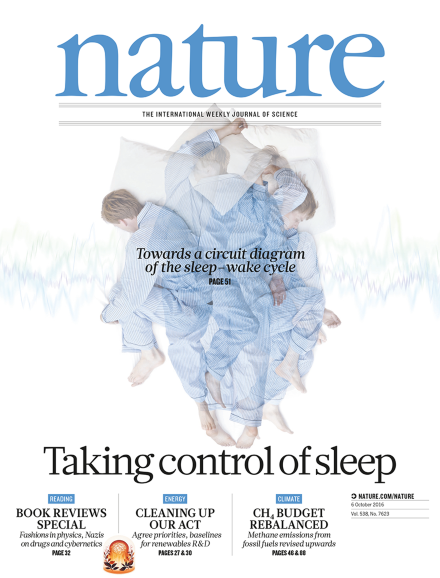Volume 538 Issue 7623, 6 October 2016
Editorial
World View
Research Highlights
Seven Days
News
News Feature
Comment
Autumn Books
Correspondence
Obituary
News & Views
-
Climate and the peopling of the world
Collection:
Review Article
Article
Letter
Toolbox
-
Democratic databases: science on GitHub
Collection:

